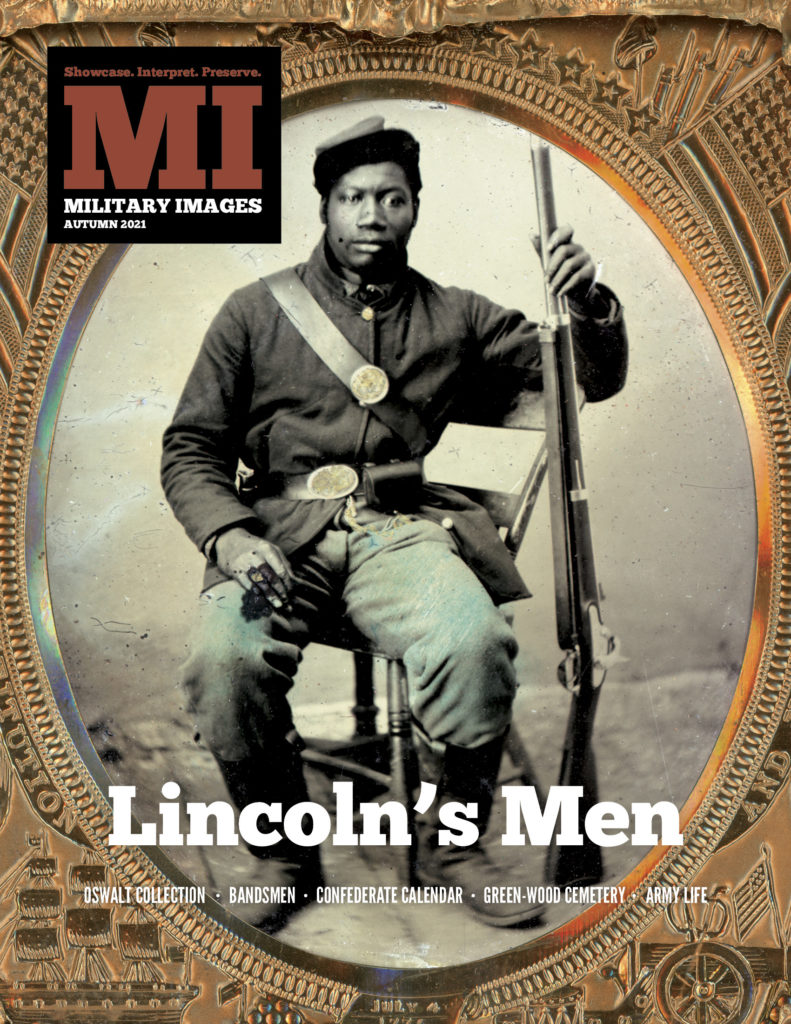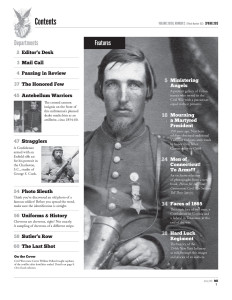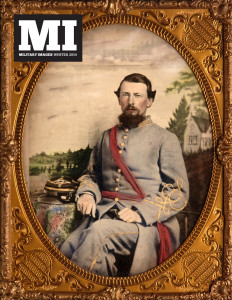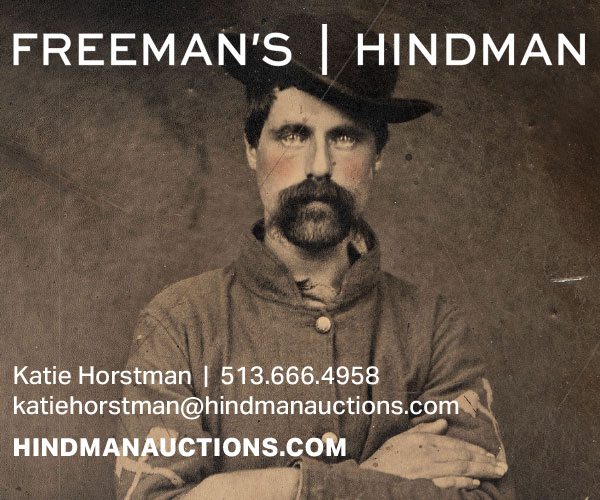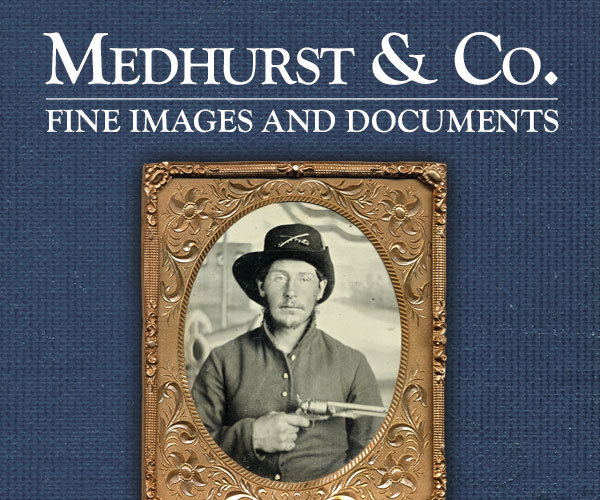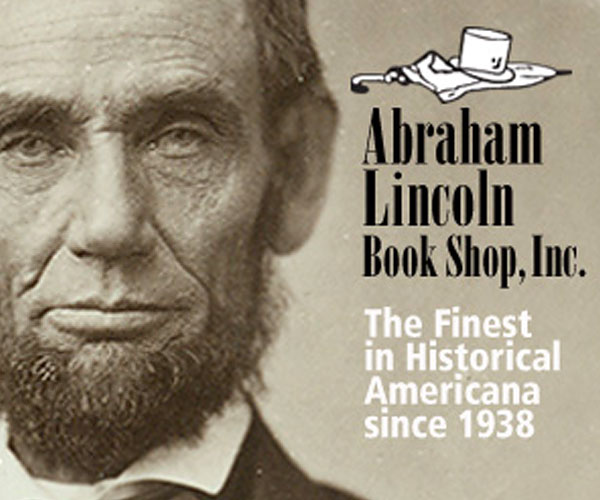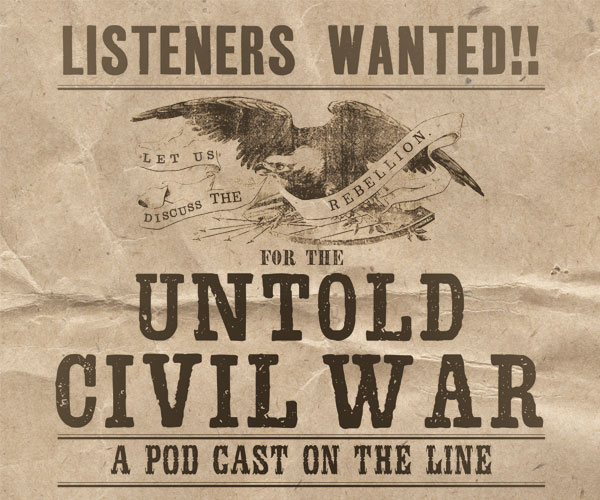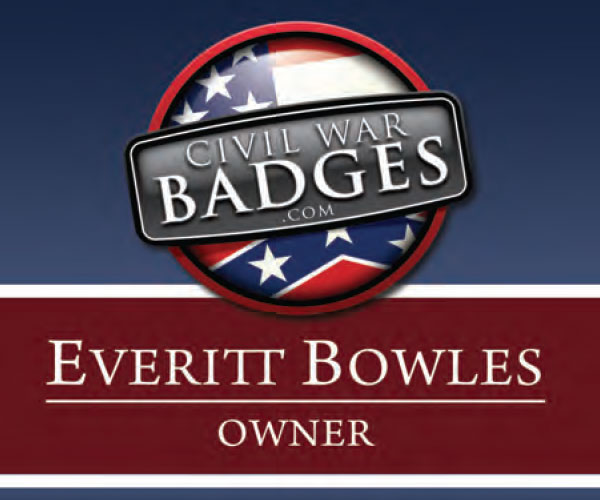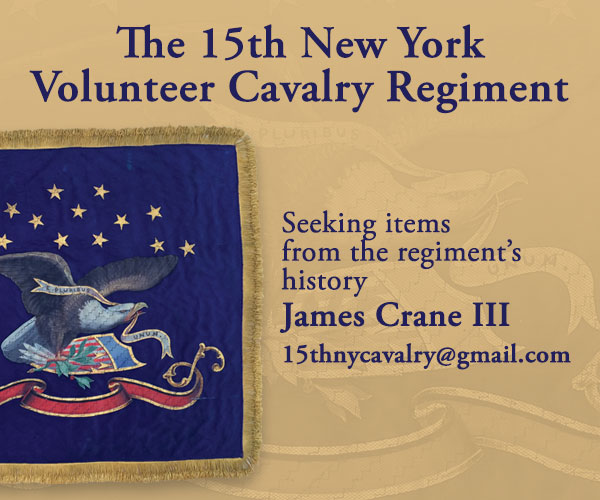A complete table of contents for the Spring 2024 issue of Military Images magazine, and information about how to purchase single issues and subscriptions.
Vol. XLII, No. 2
(80 pages)
Print edition: Visit our store to check availability
Digital edition: Visit JSTOR.org to purchase
Subscribe or renew your subscription
Explore the MI Archives:
Browse | Advanced search | Tutorial
Inside
Cover image
An ambrotype from the Liljenquist Family Collection at the Library of Congress features an unidentified Maryland Confederate.
Table of Contents (p. 1)
Editor’s Desk (p. 2)
Introducing a new column, Women of War by Melissa A. Winn, and a new stop (York, Pa.) for our traveling exhibit.
Mail Call (pp. 3-4)
Feedback includes more about Herb Peck Jr.’s stolen collection and praise for the magazine.
Military Anthropologist (p. 4)
When Did We Start Calling It the Civil War? A survey of names for the conflict between 1861 and 1865 on Newspapers.com reveals nomenclature changes over time.
Passing in Review (p. 6)
In Dear Uncles: The Civil War Letters of Arthur McKinstry, a Soldier in the Excelsior Brigade, Rick Barram tells the story of a young reporter-soldier.
Photo Sleuth by Kurt Luther (pp. 8-10)
Sharon Karam posted a question on the Facebook page Civil War Faces about an unnamed cadet photo, which led to a connection to the early days of Virginia Tech.
Antebellum Warriors (p. 12)
Scottish immigrants to the U.S. in the 19th century brought a rich military tradition, as evidenced by the uniform in this circa 1859 portrait of a militiaman.
Most Hallowed Ground (p. 16)
U.S. Army 1st Lt. Rufus Saxton nearly lost his life as he marched captured pro-secession militia through St. Louis. He went on to become a respected general.
The Honored Few (p. 18)
Major General Manning Ferguson Force called for a flag of truce to rally Union troops at the Battle of Atlanta. He got a truce flag instead. He was not happy.
The Citizenry (p. 20)
A circa 1871 photograph of a member of the Ku Klux Klan captured by U.S. law enforcement in Tishomingo County, Mississippi. The men turned state’s evidence.
Divided Maryland: Portraits and stories from the Jonathan Beasley Collection (pp. 23-41)
Representative portraits of the 60,000 Union and 25,000 Confederate soldiers and sailors who served in the U.S. and C.S. military forces during the Civil War.
King’s Knight to King 7 by Ron Maness (pp. 44–51)
Investigating connections between Confederate agent Caleb Huse in Europe, President Jefferson Davis and the James T. Ames Company during the Civil War.
Origins of Invalid Detachments and Invalid Corps by Bret Schweinfurth (pp. 53-55)
A series of War Department general orders issued between March and June 1863 trace the evolution of Invalid Detachments and the Invalid Corps.
Brooklyn Honors Its Boys In Blue: A history of the Brooklyn Service Medal by Richard Leisenring Jr. (pp. 56-60)
Brooklyn, New York, Mayor Alfred M. Wood championed one of the nation’s first service medals for Civil War veterans. The soldiers received the honor in 1866.
For the Sporting Man: A concise history of mail order erotica in the Civil War by Elizabeth A. Topping(pp. 62-65)
Mail order erotica tripled during the Civil War. In 1865 the government passed laws to seize and destroy pornographic photos and other images deemed obscene.
Material Culture by Ron Field (pp. 68-69)
The uniform of the First Light Infantry of Providence, R.I., dates to organization’s 1818 founding. Author Ron Field examines the dress and fatigue uniforms.
Behind the Backdrop by Adam Ochs Fleischer (p. 70)
The Caribbean Plantation Backdrop by Henry G. Pearce of Providence, R.I., features a unique scene that is open to thought-provoking interpretations.
Women of War by Melissa A. Winn (pp. 72-73)
Civil War vivandière Marie Tepe, known as “French Mary,” suffered a wound at the Battle of Fredericksburg and received the Kearney Cross for Chancellorsville.
Vignette: Episodes of the Civil War by Scott Valentine (p. 74)
Captain George Emerson of the 67th Ohio Infantry suffered wounds at Fort Wagner in 1863 and Bermuda Hundred in 1864. The second proved mortal.
Stragglers (p. 76)
Confederate veteran and artist Allen Christian Redwood of the 1st Maryland Cavalry saw much of the Civil War, as reflected in his postwar illustrations.
The Last Shot (p. 80)
A carte de visite of a Veteran Reserve Corps first lieutenant covering the lower part of his face with a book.

